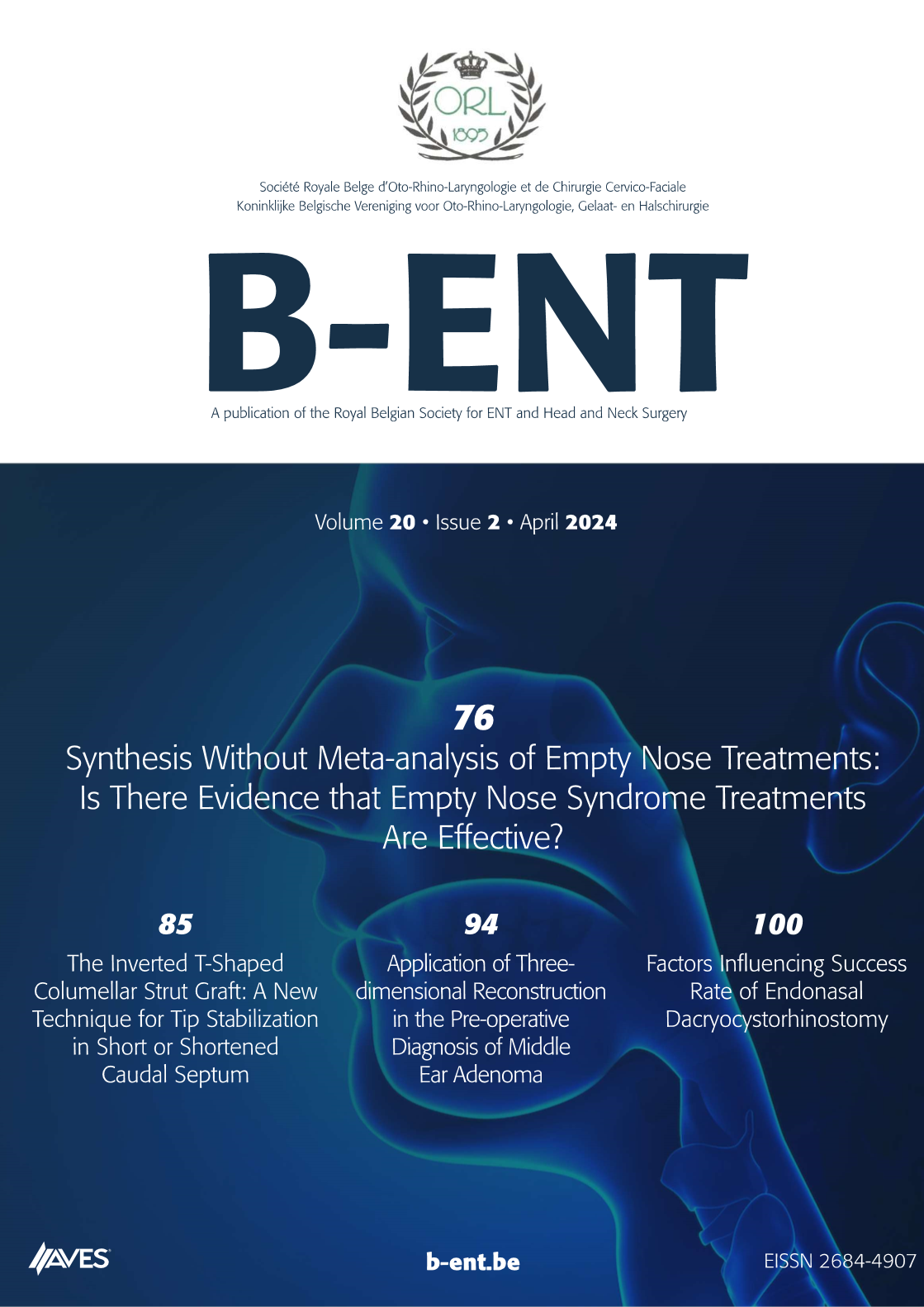Influence of allergy on clinical, immunological and histological characteristics of nasal polyposis. Objectives: Although polyps seem to be a manifestation of the chronic inflammation of nasal/paranasal sinuses mucosa in both allergic and non-allergic subjects, the pathogenesis of nasal polyposis remains unknown. The aim of this prospective study was to compare the clinical characteristics of nasal polyposis in non-allergic and allergic patients, to compare the cytokine levels in nasal secretions in atopic and non-atopic nasal polyp patients and to correlate these levels with eosinophil counts in nasal polyp tissue specimens.
Methods: This study included thirty patients with nasal polyposis (13 atopic and 17 non-atopic) requiring surgical treatment. Nasal secretion samples were collected from the nasal cavities of all 30 subjects a few days before the surgical treatment. The levels of tumour necrosis factor-alpha (TNF-α), tumour necrosis factor-beta (TNF-β), interleukin (IL)- 1β, IL-2, IL-12, interferon-gamma (IFN-γ), IL-4, IL-5, IL-6, IL-10, and IL-8 were measured using the flow cytometric method. Each of the 30 patients was staged clinically according to nasal symptom score, endoscopic score and LundMackay computed tomography (CT) score. All these patients had undergone sinus surgery. Eosinophils were counted in hematoxylin- and eosin-stained sections of all nasal polyp samples.
Results: Our results showed that allergy does not modify the symptoms, or the endoscopic and CT findings, of nasal polyposis. We found significantly higher concentrations of IL-4 (p <0.01), IL-5 (p< 0.05), IL-6 (p < 0.05) and TNF-β (p < 0.05) in nasal secretions of allergic nasal polyp patients than in non-allergic ones. Eosinophil counts were significantly higher in tissues of atopic patients’ polyps than in non-atopic subjects (p < 0.01). No correlation was observed between cytokine levels and eosinophil counts.
Conclusion: Non-atopic and atopic patients’ polyps have different immunological patterns. Our results showed that the presence of Th2 cytokines was a more significant feature in allergic patients with nasal polyposis than in non-allergic patients.



.png)
